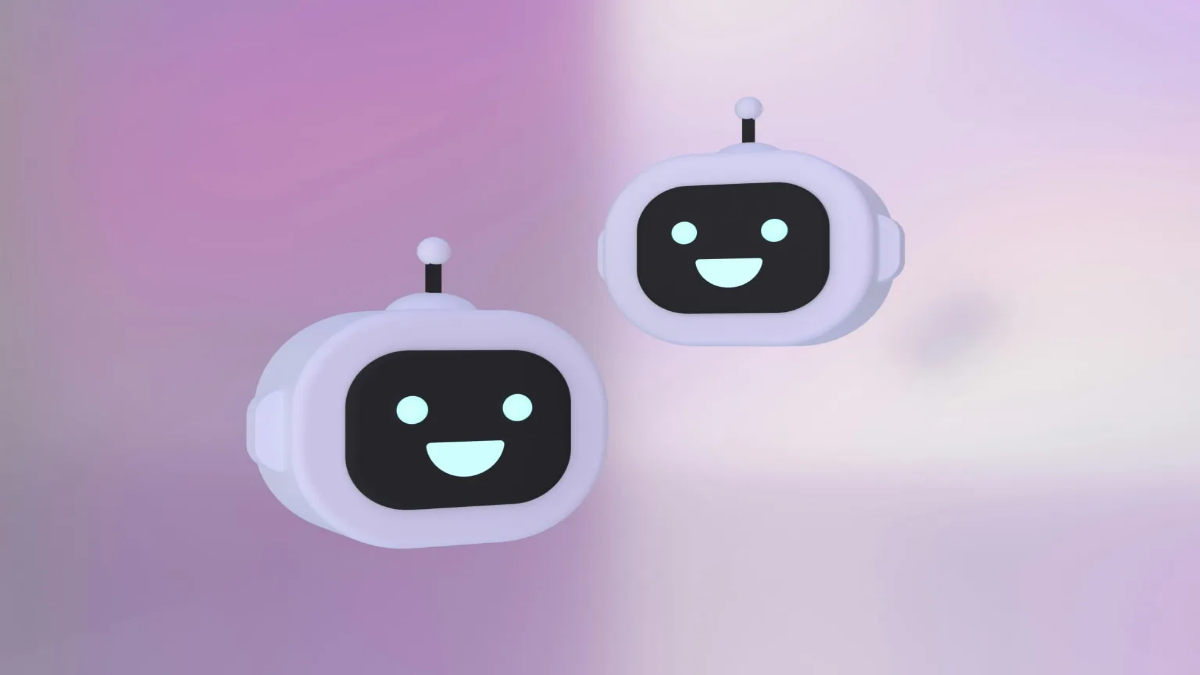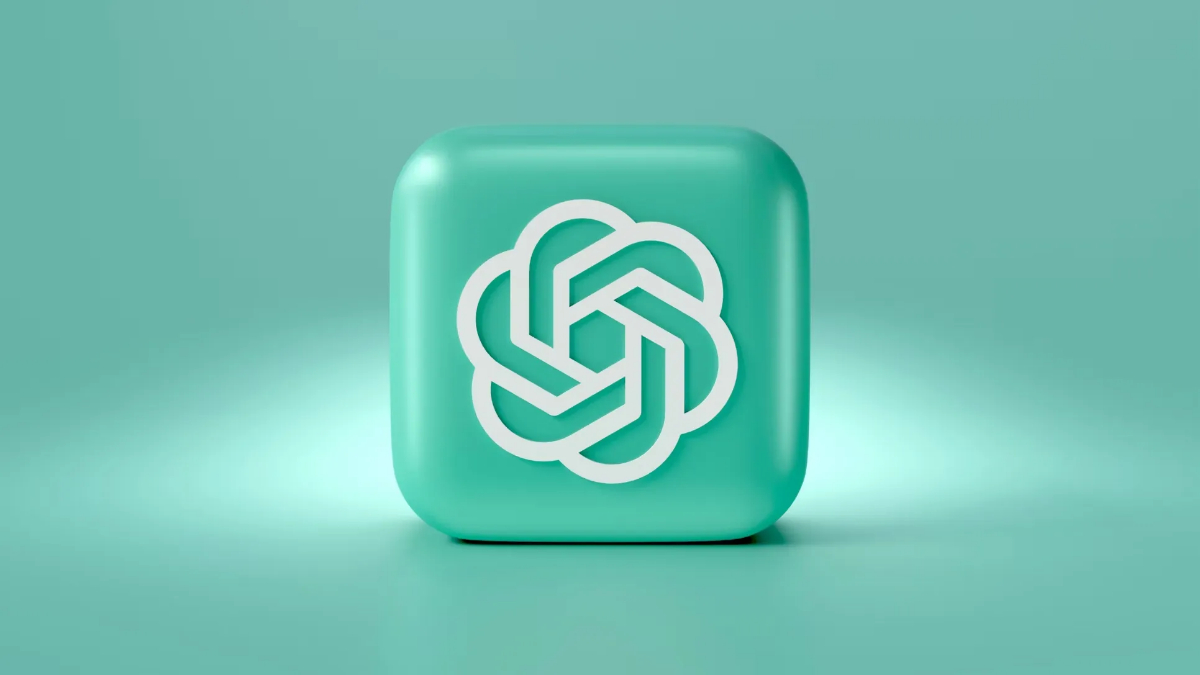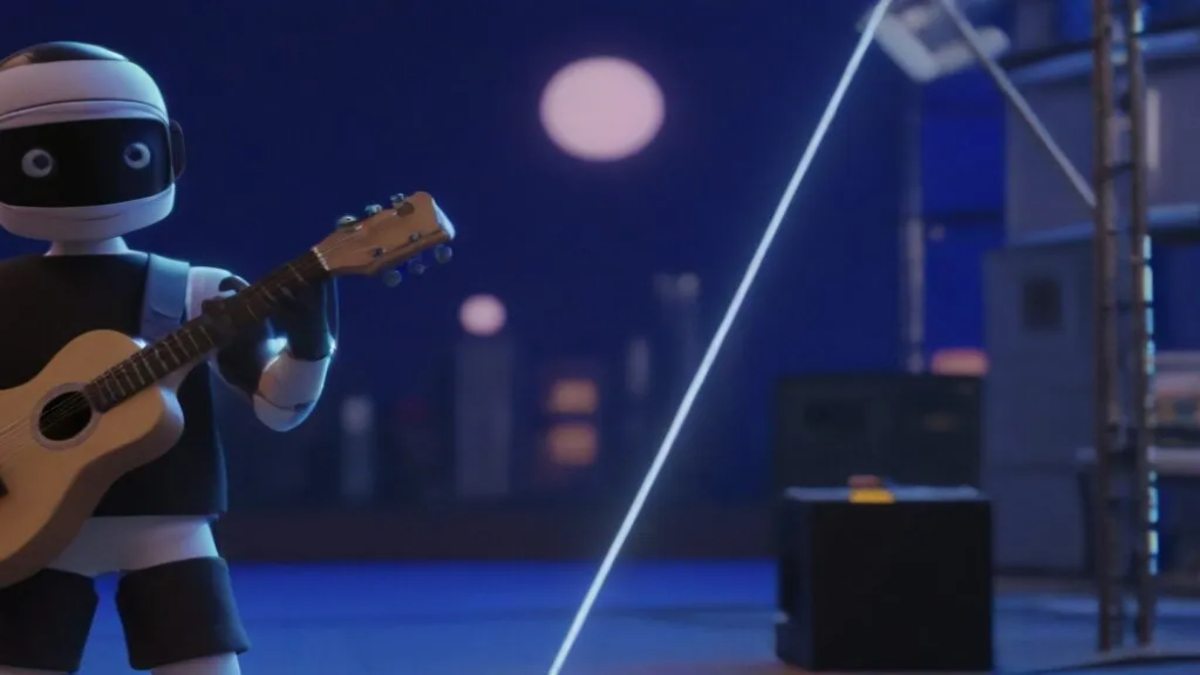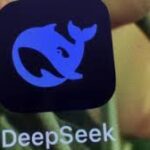The “im-a-good-gpt2-chatbot” Mystery

Is “im-a-good-gpt2-chatbot” a secret OpenAI project? Explore the theories and capabilities of this enigmatic chatbot. Introduction: im-a-good-gpt2-chatbot The emergence of “im-a-good-gpt2-chatbot” and its counterpart “im-also-a-good-gpt2-chatbot” has sparked widespread curiosity and speculation within the AI community. These mysterious AI chatbots reappeared ...
Read more
Stack Overflow with OpenAI: A Coding Powerhouse is Born

Stack Overflow with OpenAI team up to make coding easier and better. Get the inside scoop on this exciting partnership. Introduction: Stack Overflow with OpenAI OpenAI has announced a partnership with Stack Overflow, aiming to enhance the capabilities of OpenAI’s ...
Read more
New music video generated in Sora

Witness the future of music videos! This groundbreaking video was generated entirely using Sora, a powerful AI tool. Introduction: New music video generated in Sora Washed Out, an indie chillwave artist, has released the first officially commissioned music video created ...
Read more









